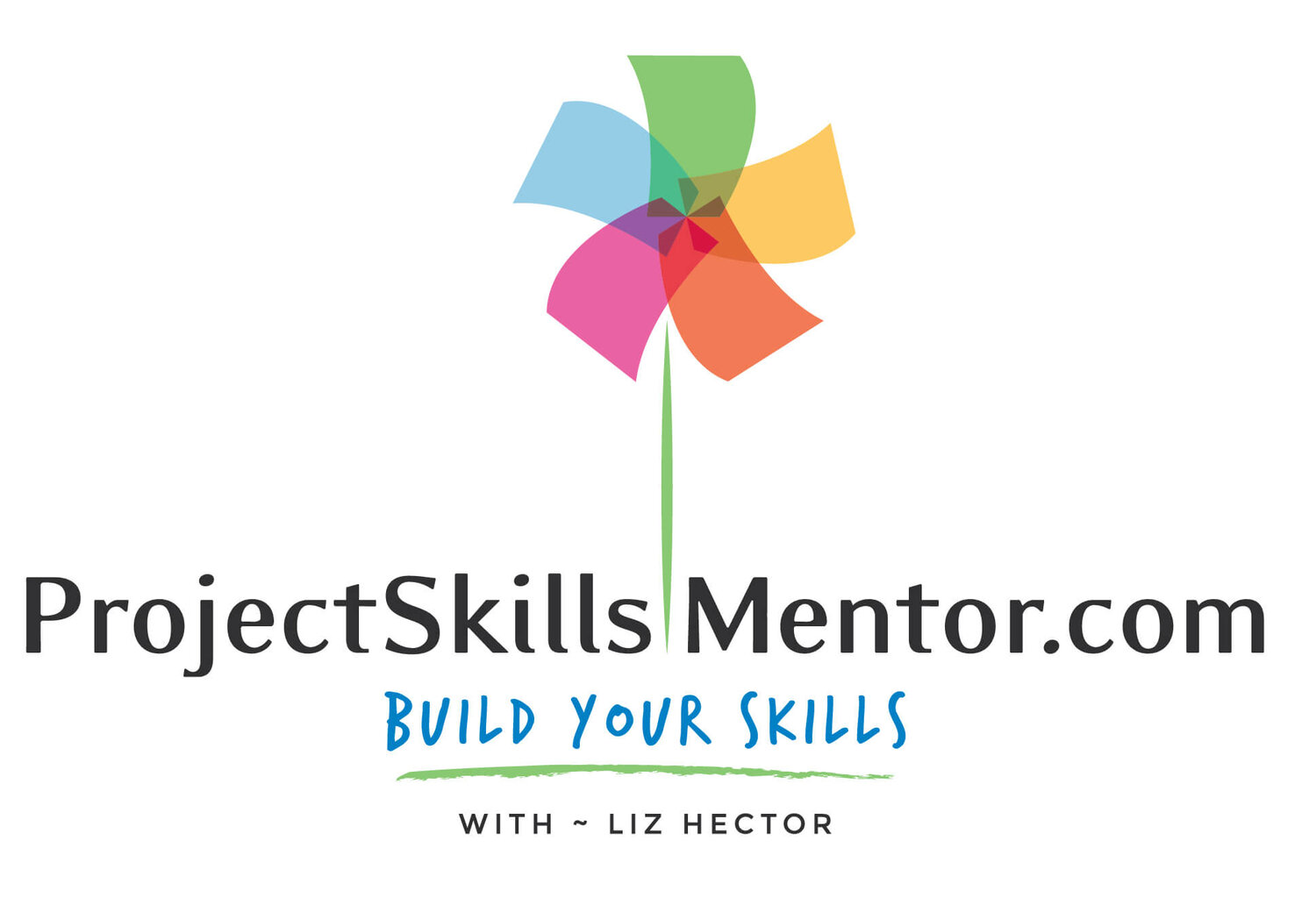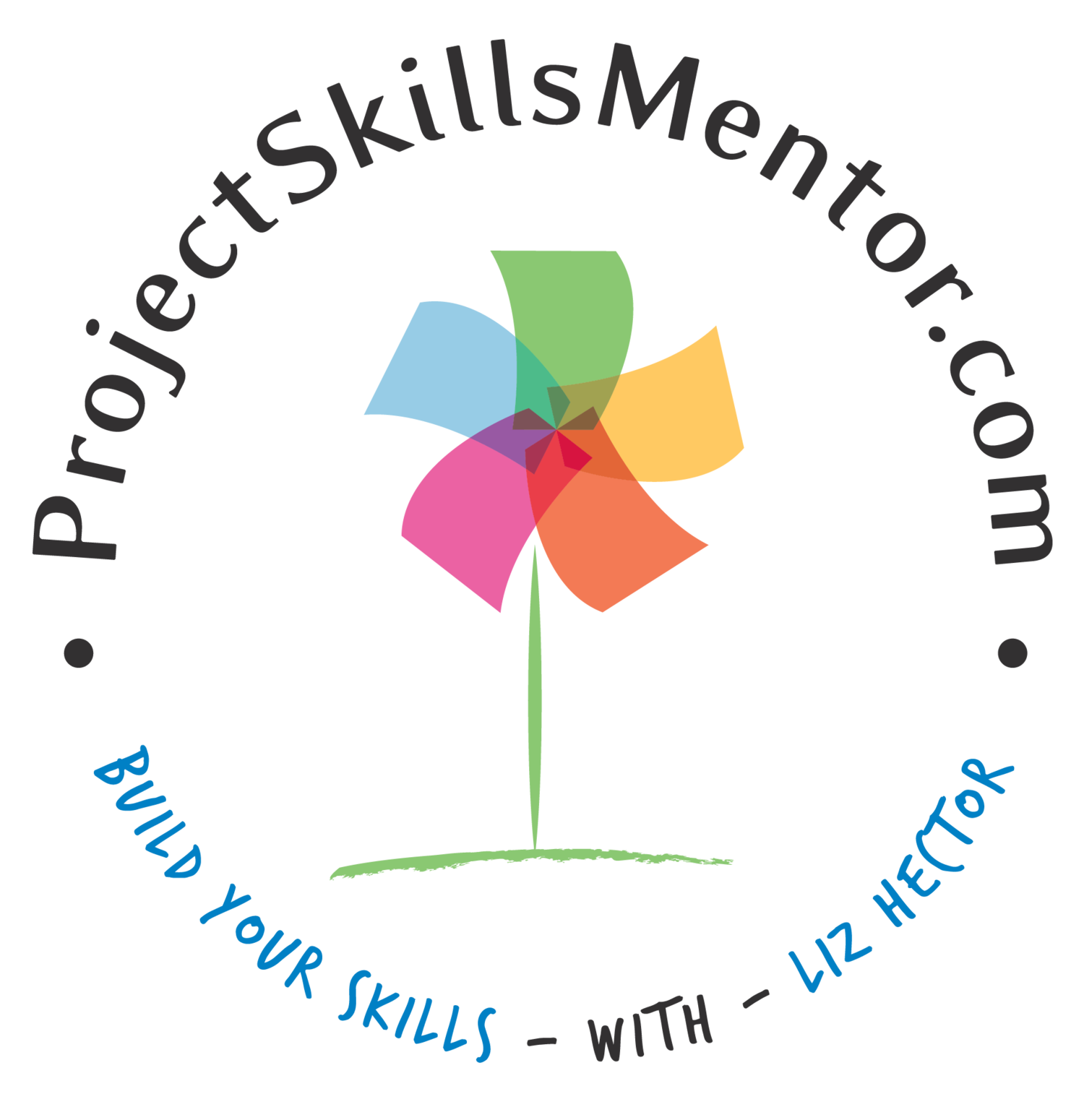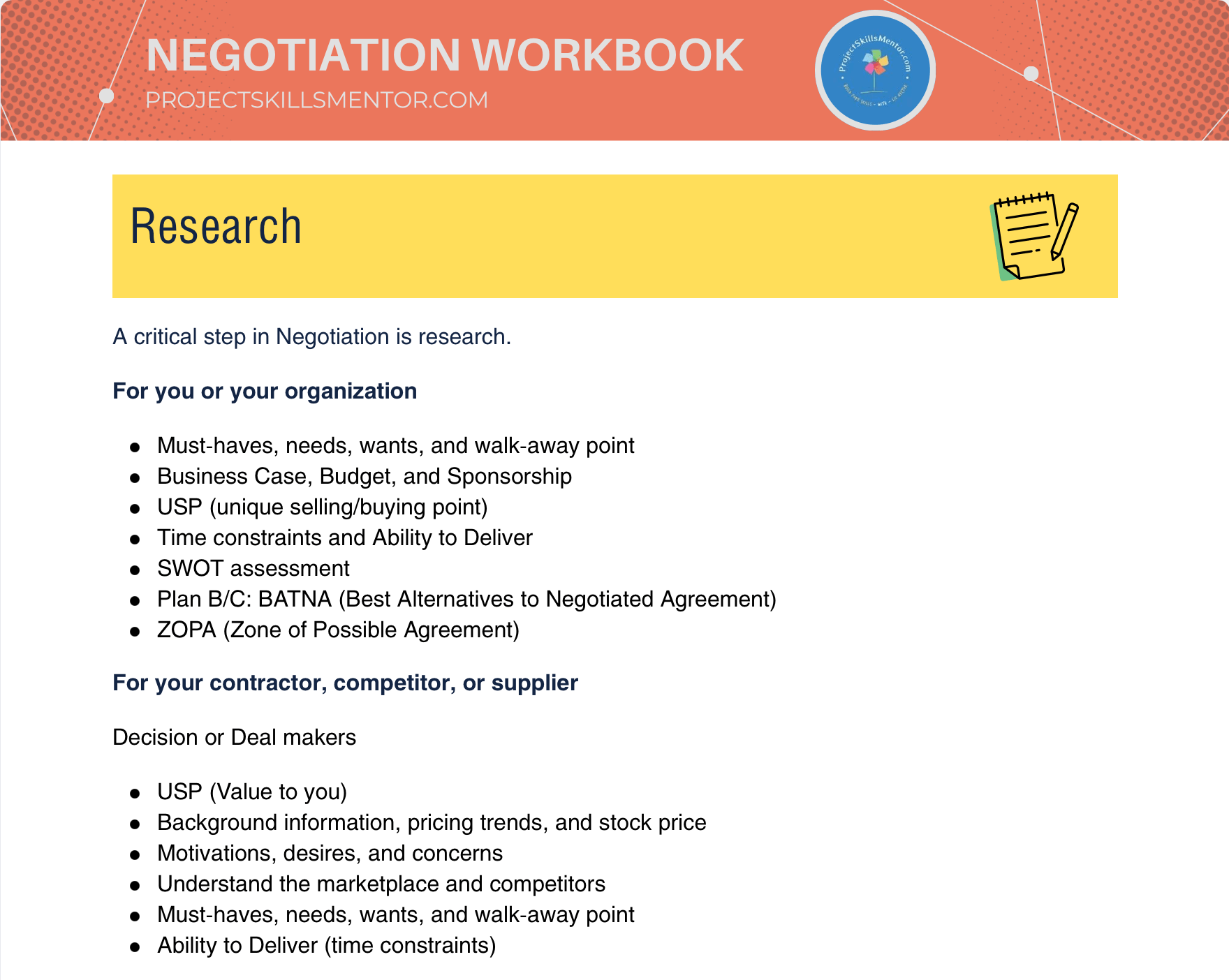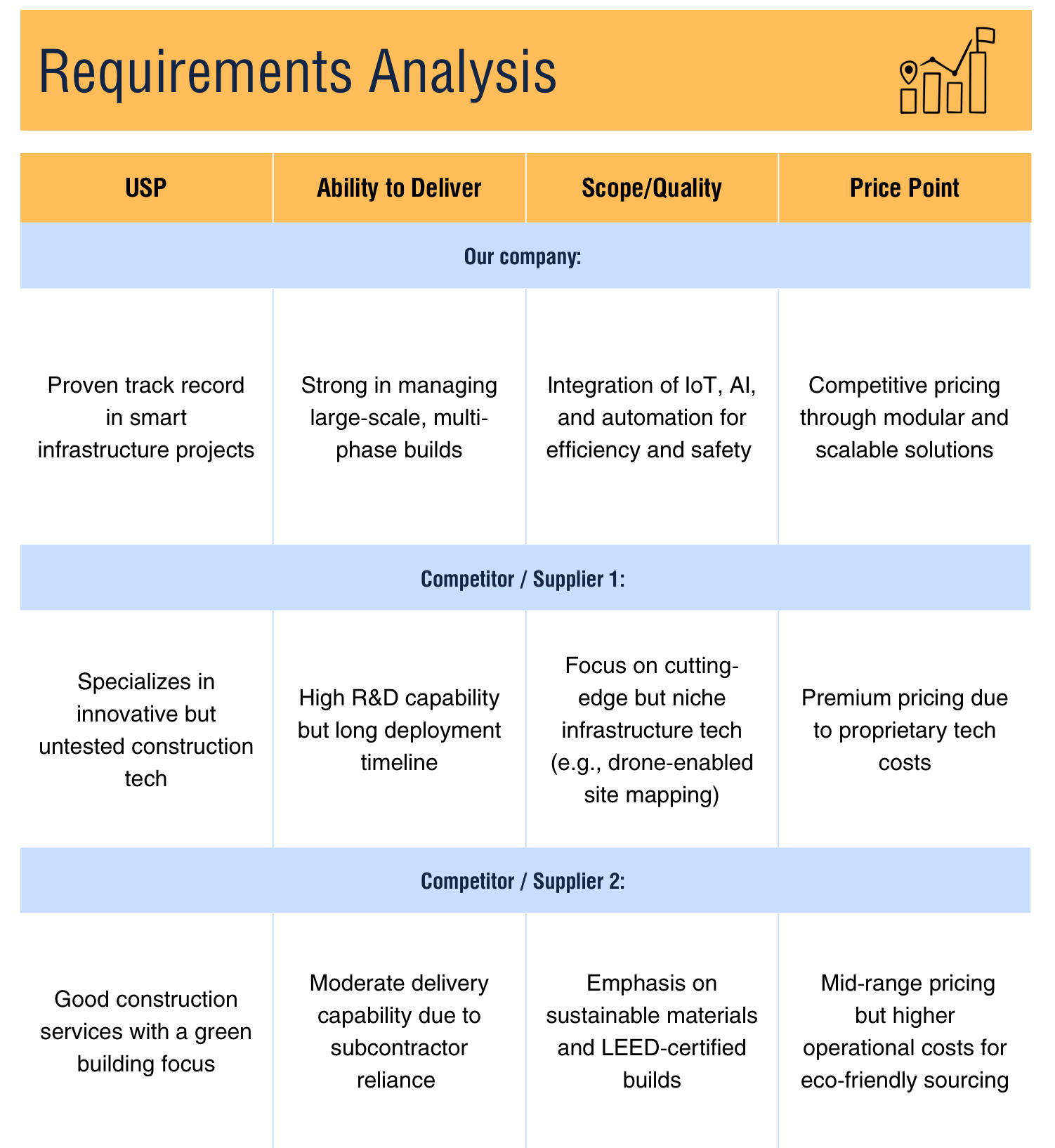How to Negotiate Anything
Do you need to agree to a price, delivery date, or quality of a service or product? Then, you need to learn how to negotiate.
Let me show you how to go from concept to contract (hint: all it takes is a bit of preparation).
Learn how to negotiate anything using the power of information. Using my process and tools, you will know when to push forward, when to compromise, and when to walk away.
Step-by-Step Negotiation
Know What You Want
Do your Research
Prepare Your Pitch
Confirm the Deal
Get it in Writing
Negotiation isn't about who talks louder or plays tougher — it's about who prepares smarter. That's why I created the Negotiation Workbook. This practical tool helps you organize your research, map out key decision-makers, analyze requirements, and understand your alternatives before you even enter the room.
If there's one truth in negotiation, it's this:
The person with the most relevant information usually has the upper hand.
Getting What You Want Starts with Knowing Exactly What "IT" Is
Too many negotiations fail before they even begin because one or both sides haven't clearly defined what they actually want. As a manager, walking into a discussion with vague goals like "better pricing" or "faster delivery" isn't enough—you need specifics. What's your must-have versus your nice-to-have? What are you willing to trade, and where is your non-negotiable line? Clarity not only gives you confidence, it also signals to the other side that you've done your homework. And here's the secret: the clearer you are about your own needs, the easier it becomes to identify common ground and create mutually beneficial outcomes.
Do Your Research
Download my free workbook to help you do the research you need to succeed.
Research is the foundation of every deal. Preparation starts with gathering the right facts. The Negotiation Workbook turns preparation into a visual, trackable process.
Instead of scattered notes, you get:
Clear criteria for decision-making
A roadmap for the conversation
Built-in reminders to track budgets, deadlines, and stakeholders
And because you're capturing their constraints as well as your own, you can find win-win solutions more quickly.
📌Pro Tip: Follow my example document and create a version that fits your needs.
Understanding the Deal Makers
Knowing who’s who on both sides of the discussion will help clarify the process.
The Workbook includes a Decision Makers Summary table where you list:
Name and Role (both in your organization and theirs)
Their influence level
How do they impact the negotiation
📌Pro Tip: Sometimes the person you're speaking to isn't the one who signs off. Mapping decision-makers ensures you're speaking to the right people at the right time.
SWOT: Knowing the good, the bad, and the opportunities
SWOT analysis—evaluating Strengths, Weaknesses, Opportunities, and Threats—isn't just for strategy sessions; it's a powerful tool for negotiation. By assessing your own position, you identify what you can leverage (strengths), where you might need concessions (weaknesses), and what external factors could tip the scales (opportunities and threats). Just as importantly, analyzing your counterpart's SWOT gives you insight into their pressure points and hidden advantages. For example, a supplier struggling with market competition (a threat) may be more open to flexible pricing, while one with a unique technology (a strength) may hold firm on terms.
📌Pro Tip: Managers who map both sides' SWOT enter negotiations with a 360° view, making it easier to anticipate moves, prepare trade-offs, and craft agreements that stick.
Requirements Analysis: Matching Needs to Capabilities
Summarize what you need vs what they offer.
USP – USP or Unique Selling Point focuses on competitive advantage. Knowing if there is a match can help you determine the value to you.
Ability to Deliver – What are your timelines and quality standards? Can they meet their requirements?
Scope – Make clear and measurable expectations of what and how you expect things to happen.
Price Point – Is their pricing competitive and realistic (low prices may be nice, but may be a trap)
This section helps you compare your needs to those of your competitors on a level playing field. This information gives you an edge to make fact-based trade-offs during discussions.
Nail Down the Details: What You Give and Get
Have an example of your high-level requirements to share, and your budget roadmap that you don’t share.
In the Supplier Requirements, Scope, and Budget Allocation section, you:
Define what's due and by when
Map the budget to each phase or deliverable
Include the Total Maximum Budget allowed
This creates a built-in safeguard — you know your limits before agreeing to terms.
📌Pro Tip: If Milestone 1 is due in 60 days and accounts for 25% of the budget, you can negotiate partial payments tied to completion rather than paying 50% upfront.
BATNA and ZOPA: Your Hidden Leverage
Sketch out your best and worst-case scenarios, so you know when you walk away and find another supplier.
Two of the most important acronyms in negotiation are:
BATNA – Best Alternative to a Negotiated Agreement: your fallback if talks fail. That's why my Workbook includes at least two competitors: plan for options.
ZOPA – Zone of Possible Agreement: the overlap between your bottom line and theirs.
📌Pro Tip: If you know your BATNA, you'll never feel cornered. If you know the ZOPA, you'll know whether a deal is even worth pursuing.
Prepare to Negotiate
This process takes you from Planning to Performing a Successful Negotiation
Now that you have the research, you need to succeed. You need to plan the discussion. This may be a series of conversations or just one short talk. Prepare how you will effectively convey your key points, make your ask, and secure what you need and want at the right price. Role-play the conversation with a trusted friend, colleague, or advisor. If you want the foundational principles and coaching techniques for building negotiation skills, you can read my earlier guide here:
📄 How to Coach Negotiation Skills – ProjectSkillsMentor.com
This article focuses on how to apply that knowledge using the Workbook as your secret weapon.
"Let us never negotiate out of fear. But let us never fear to negotiate."
— John F. Kennedy.
Get What You Negotiate in Writing
Negotiation doesn't end with a handshake—it lives on in contracts and governance processes. Contracting ensures that you understand what you agreed to, and governance ensures that you receive it. Refer to my other articles and tools for a comprehensive exploration of each of these processes. Here are the highlights.
Contracting
Contracting is where great negotiations either hold their value or fall apart. Because if it's not in writing, it doesn't exist. So, make sure to follow some simple steps and get my Contracting Guide for more insights.
Ensure everything you negotiated is in writing.
Define terms (what) and conditions (how/when).
Cover risk scenarios based on past issues and concerns.
Be explicit about "ways of working" (communication frequency, reporting format, escalation path).
📌Pro Tip: Contracts can be as simple as a one-page summary, a formal contract, or a purchase order. Need to know more? Get details here.
Governance
Effective management of contracts and delivery is crucial to achieving your expectations. You can follow a formal process, such as the 5 Tips to a Successful Supplier Relationship, or plan informal calls followed by an email that outlines agreements and actions.
Regular check-ins using a supplier scorecard (pricing, quality, service options, strategy, account management).
Single Point of Contact (SPOC) to streamline communication.
Action plans for improvement, with timelines.
Continuous feedback loop—good governance is proactive, not reactive.
📌Pro Tip: A supplier scorecard showing 70–85% compliance across key metrics can highlight gaps before they become deal-breakers.
A Plan for Success
Negotiation is rarely about improvisation — it's about informed action. The better your research, mapping, and planning, the more likely you are to walk away with terms you're proud of.
If you want the foundational principles and coaching techniques for building negotiation skills, you can read my earlier guide here: How to Coach Negotiation Skills – ProjectSkillsMentor.com. This article focuses on how to apply that knowledge using the workbook as your secret weapon.
Download and fill in the Negotiation Workbook and Negotiation Guide before your next discussion. You'll be surprised how much more confident and effective you feel.
What did I miss? Do you have a trick to make better negotiations? Did something here work for you? Let me know in the comments below.









